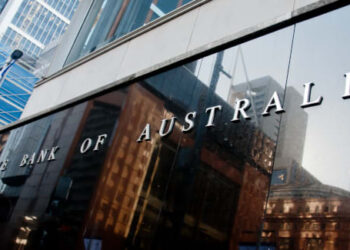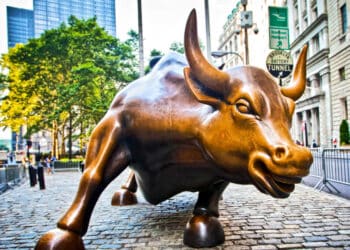As discussions around tracking a market-weighted index or portfolio continue to simmer, the $280 billion fund has explained why passive strategies are “almost the perfect business model” in an industry that targets low fees for members.
Speaking at an event in Sydney last week, Peter Barany, senior portfolio manager for public markets at Australian Retirement Trust (ART), noted that active management has failed to outperform passive management net of fees almost every year for the last two decades.
However, he explained that ART believes there are benefits to engaging in both management styles, with the fund showing a preference for a “more balanced approach”.
“We think there’s benefits of having both active and passive in the portfolio in various areas,” Barany said.
“What does it allow us to do? Well, it allows us to budget fees and risk much more effectively.”
Elaborating first on the benefits of passive management, Barany said: “Being passive in certain areas like public market equities to a degree allows us to budget more risk and more fees towards private markets, where the gap between the best and the worst performing managers is large,” said Barany.
“It also enhances the scalability of the fund because you can put a lot of money to work in passive strategies pretty easily at pretty low cost. For a growing fund like ART, it does help to have that piece of the portfolio.”
ART’s appreciation for passive also allows it to take the right risks when it comes to active management.
“If we’re paying active manager fees, we want the managers to be taking the right risks and when I say right risks, I mean idiosyncratic risk – that’s the type of risk that is rewarded by a manager that has skill,” he explained.
“We’ve got ways of chopping up the risk a manager takes and figuring out how much is idiosyncratic and how much is market or style risk that we can buy pretty cheaply.”
‘Investment manager merry-go-round’
The portfolio manager also shed light on what he termed the “investment manager merry-go-round” in external manager selection, where a manager will get terminated for poor performance, usually over a three-year period.
“They’ll get replaced with a similar manager who has good performance, usually good three-year performance, which is peak risk for underperformance because of a change in style or investment regime or just reversion to the mean,” Barany said.
“It’s crazy – this is what Einstein would define as insane behaviour, because you get on that roundabout and you do the same thing over and over again.”
ART’s praxis rating for identifying good managers, he elaborated, includes organisation, strategy, risk, ESG, expected performance, fees, and portfolio fit.
According to its latest update, some of the investment managers utilitised by the fund across its many strategies include Allegro Funds, Invesco, Lazard Asset Management, Firetrail Investments, First Sentier Investors, Maple-Brown Abott, Wavestone Capital, and Baillie Gifford.
Formed from the merger of Sunsuper and QSuper in February 2022, ART manages over $280 billion in retirement savings for over 2.3 million members, trailing only behind $300 billion AustralianSuper in terms of size.
This size and access let the super fund “get under the hood where others can’t”, allowing it to play the depth game, Barany said.
Additionally, it seeks breadth by looking across a wide range of asset classes such as property, infrastructure, stocks, and bonds, and also more globally, allowing it to compare and contrast among a wide universe.
All this opens doors for the fund both domestically and overseas, Barany said.
“When I started in this manager research game 20 years ago, if you’re an Australian going overseas and trying to get meetings with the people that matter, it was pretty hard,” he admitted.
“Australian asset owners didn’t allocate the [amounts] that big overseas funds allocated and you were treated as small fry.
“The growth in the superannuation industry in the last 20 or 30 years has just been amazing and the result of that is that local teams, especially the big ones like ART, that manage a lot of money, are given more access. Doors open for you when you’re big, it’s a fact of life.”
ART recently unveiled a new suite of investment options across superannuation and retirement products, available to members from 1 July 2024.
These “carefully constructed” options, ART’s chief of retirement Kathy Vincent said, came through engagement with members, advisers, and employers in designing the suite.
As part of the announcement, ART also confirmed that it is aligning the risk profiles of its MySuper offerings for Super Savings and QSuper account holders, meaning Super Savings account holders will have more of their money invested in growth assets for longer, which is expected to have higher returns over the long term for members of all ages.
For the calendar year 2023, the fund’s Balanced Option delivered a double-digit return of 10.25 per cent.







